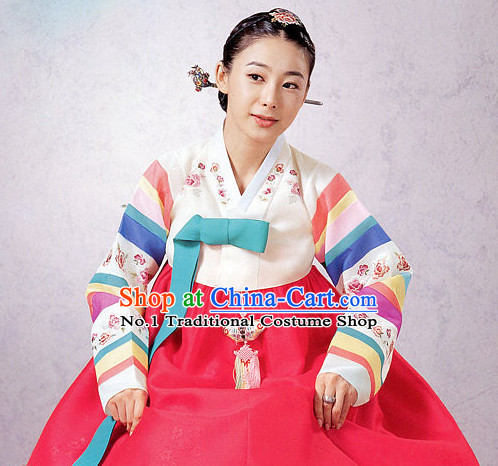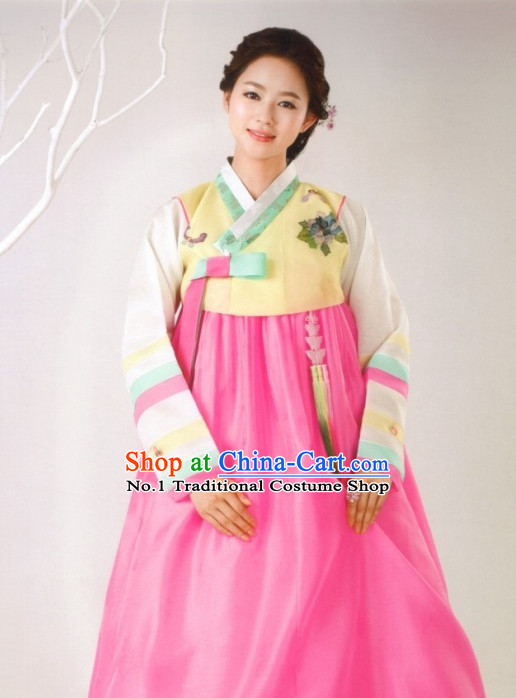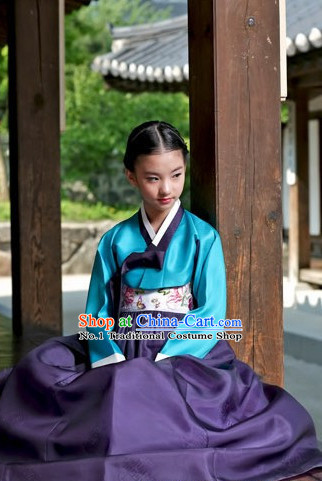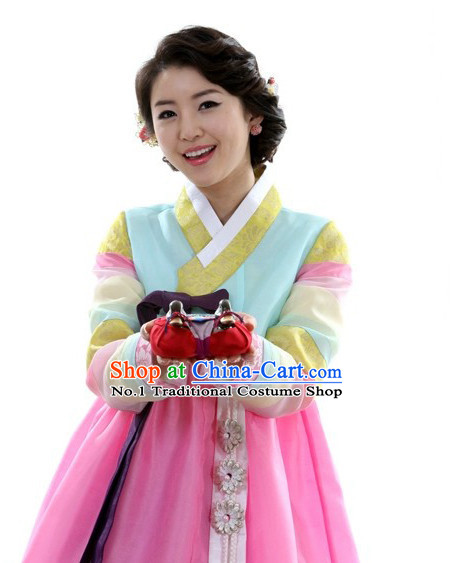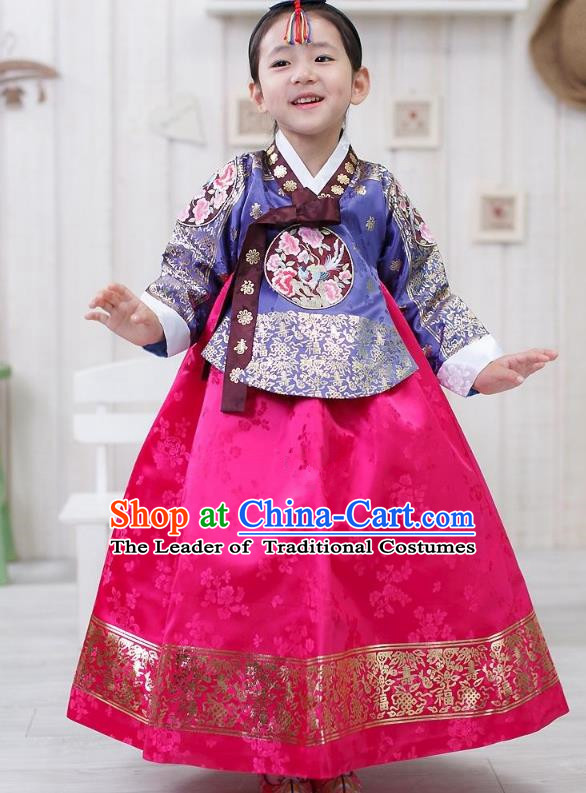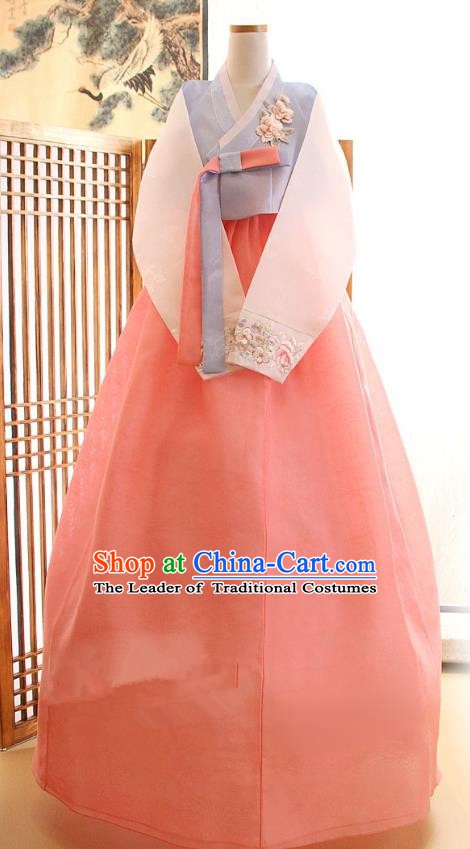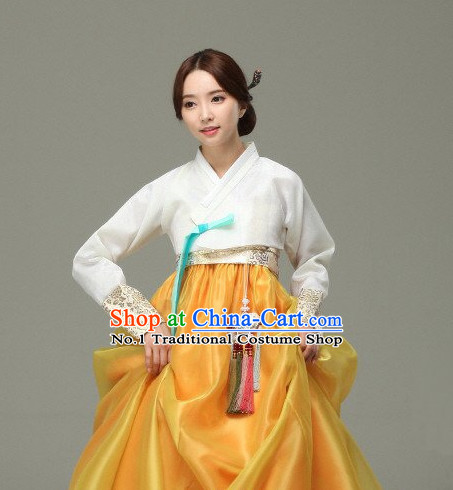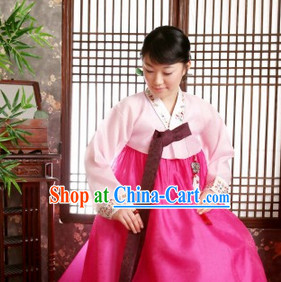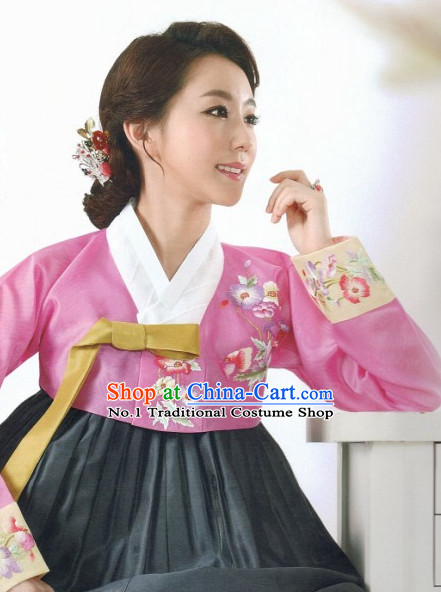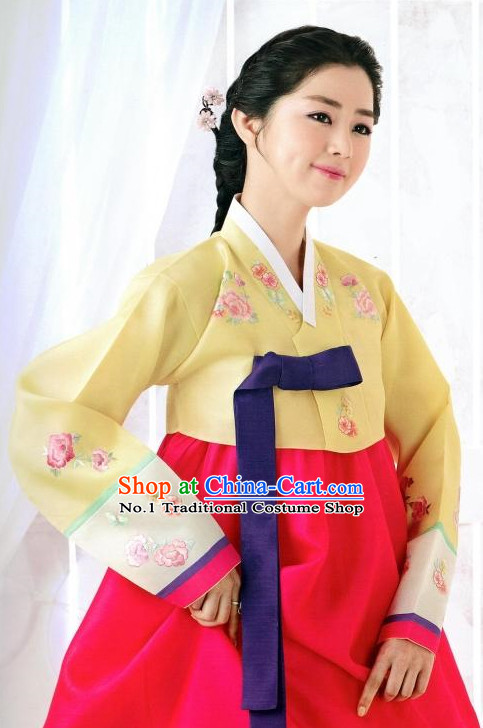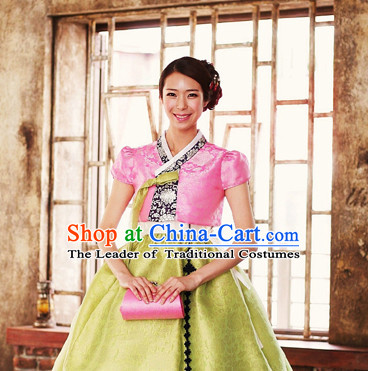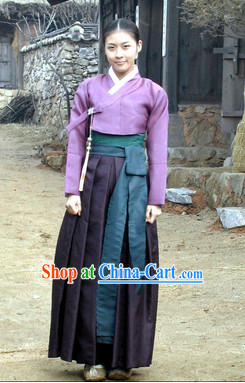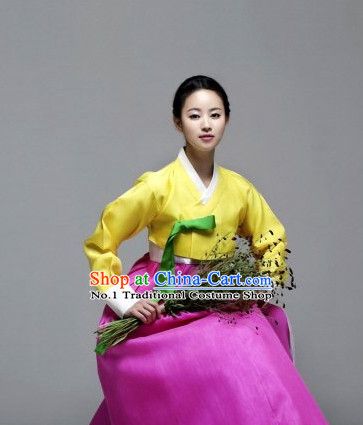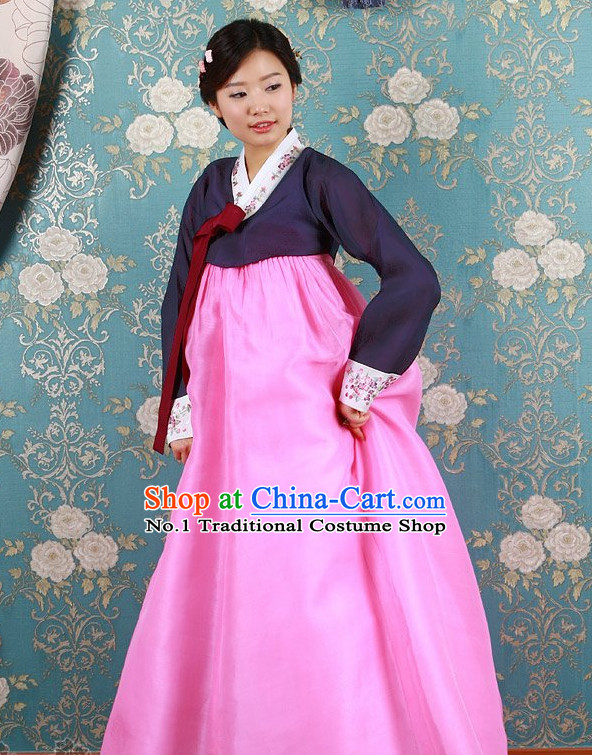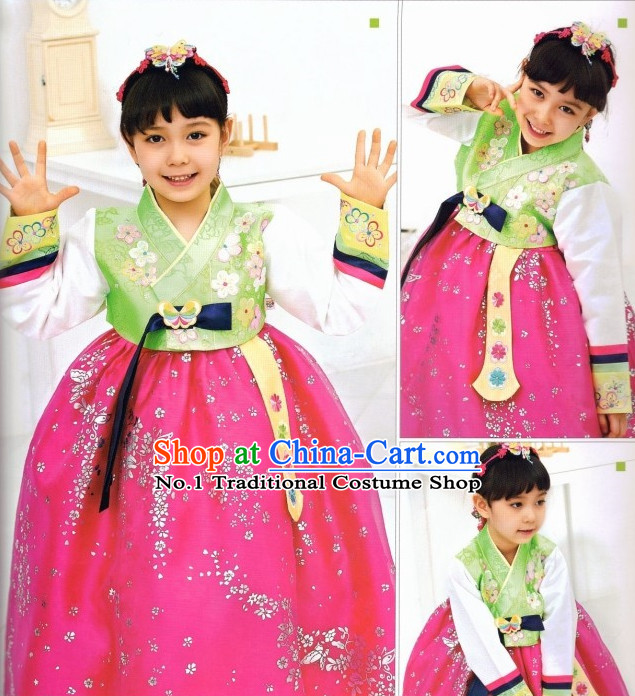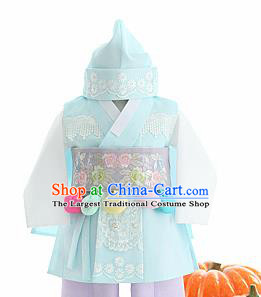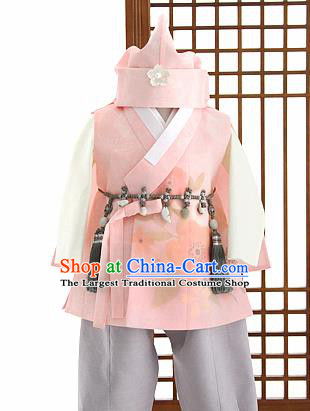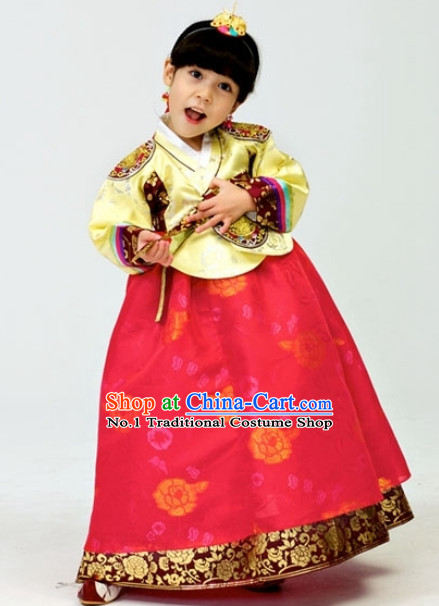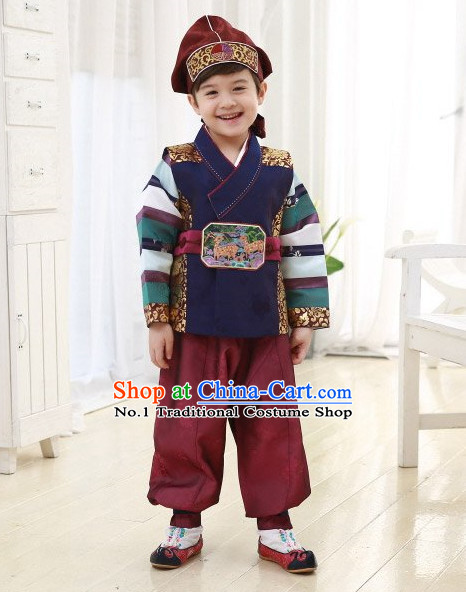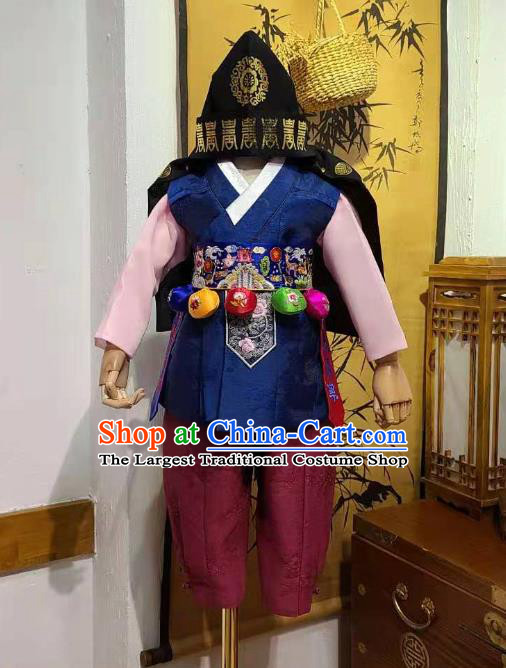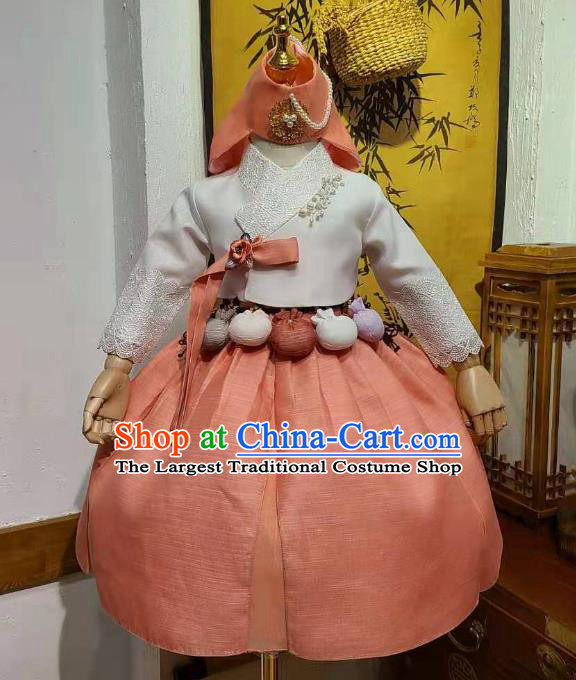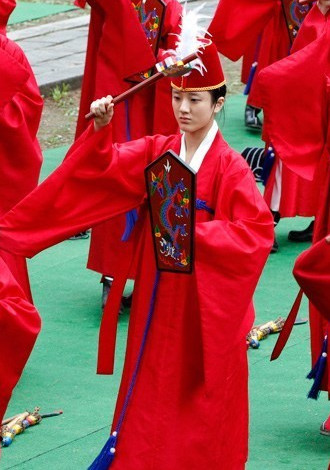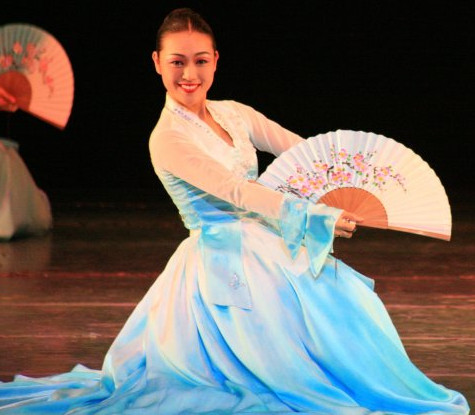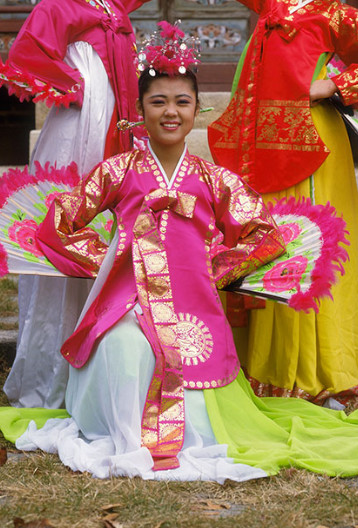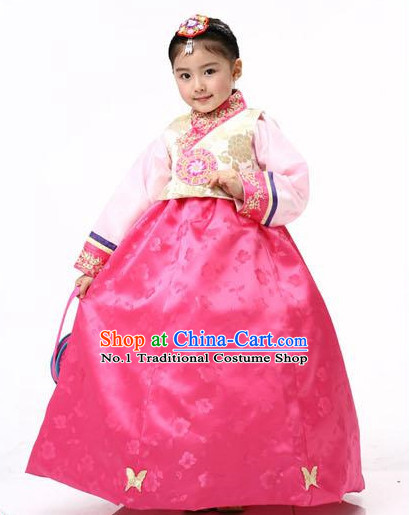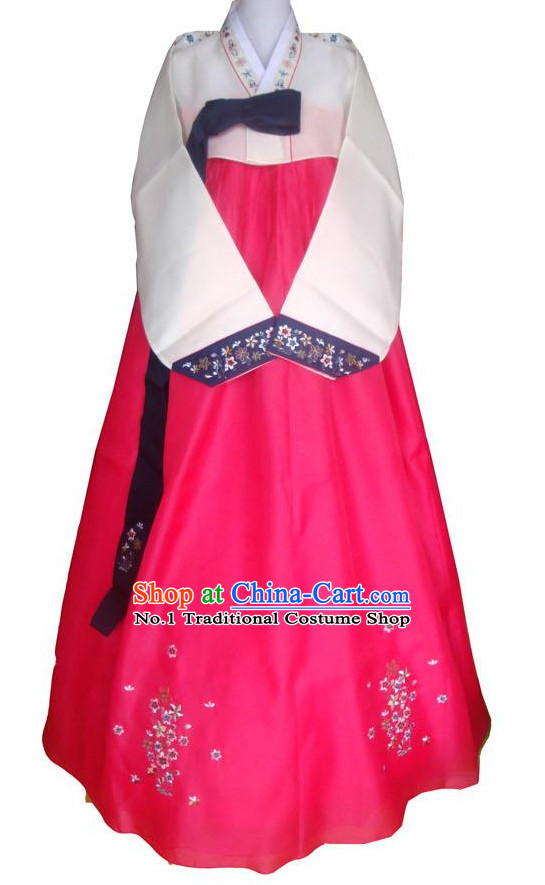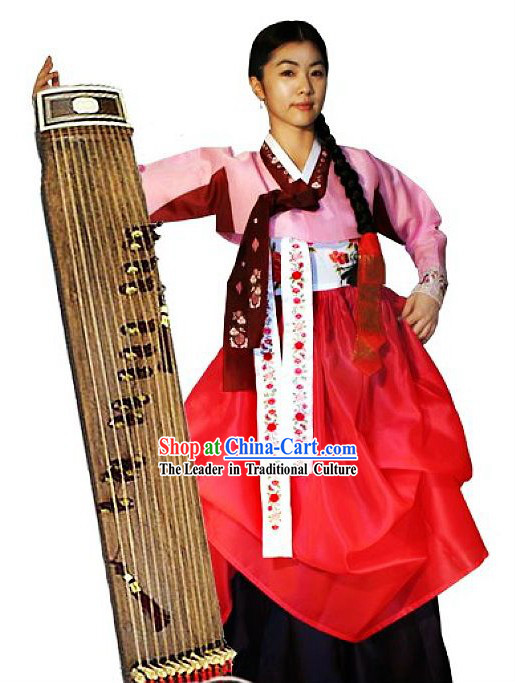
Click Related Pictures for More Audios:
The traditional Korean Hanbok, a female attire, is an artwork rich in historical and cultural significance.
It represents Korea's unique aesthetic sense and traditional values, showcasing the Korean people's pursuit of beauty and reverence for natural harmony.
Famous worldwide for its elegance, intricate design, and vibrant colors, each Hanbok piece carries profound cultural connotations.
Hanbok's design emphasizes comfort and natural harmony, with loose-fitting silhouettes.
Its colors are diverse, including red, blue, green, among others, which hold special symbolic meanings in Korean culture.
Red, for instance, signifies passion, vitality, and courage; blue represents tranquility, wisdom, and loyalty; green symbolizes life, hope, and prosperity.
The use of these colors makes Hanbok both beautiful and meaningful.
The crafting of Hanbok is exquisite, requiring strict selection and meticulous sewing.
From fabric choice to pattern design to detail handling, every step requires the craftsman's careful refinement.
This rigorous approach makes Hanbok an art form rather than a mere garment.
Throughout Korea's long history, Hanbok has been an essential part of daily life.
It has witnessed the evolution and development of Korean culture and become an important symbol of Korean identity.
Today, although modern fashion has gradually influenced people's dressing habits, Hanbok is still widely used in special occasions and celebrations such as weddings and ceremonies.
In conclusion, the traditional Korean Hanbok is a captivating art form that not only showcases the Korean people's pursuit of beauty and reverence for natural harmony but also reflects their respect and inheritance of traditional culture.
